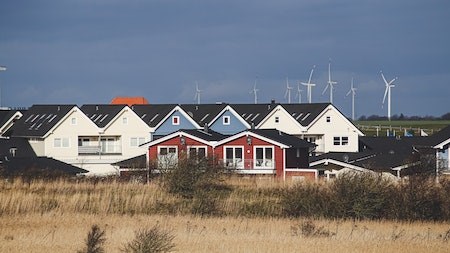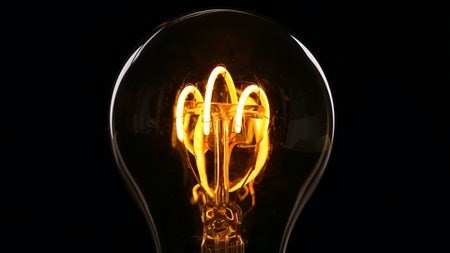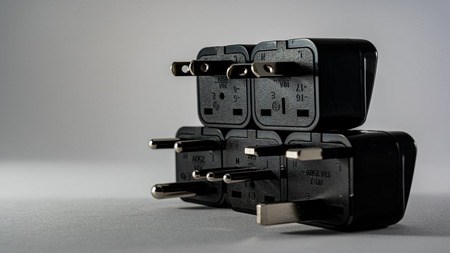Energy efficiency has never been more important globally as the hype continues to build around it being one of the main elements to solving the climate crisis. Saving energy delivers environmental benefits such as reducing greenhouse gas emissions, particularly from fossil fuel consumption, and indirect emissions from electricity generation.
Countries that have pushed energy efficiency in the past decade are now beginning to realise lower consumer costs, lower fuel imports, and lower emissions, say the International Energy Agency (iea). However, the picture is somewhat different in South Africa.
Setting the scene
84-93% of South Africa’s electricity is generated from coal, which is sourced from 65,7% coal, 21,6% crude oil and the balance is a mix of renewable and wastes, gas, nuclear and hydro. This translates into the country being one of the 15 largest emitters of C02 in the world. If that doesn’t make you uncomfortable, what about the stat from PowerOptimal that shows that electricity prices in SA have outpaced inflation over the past decade-plus (since 2008) and have increased by 356% in those years - that rate is four times faster than inflation.
The dire power crisis in South Africa is worsened by Eskom’s escalating plant faults, causing supply to fall behind demand and threatening a complete destabilisation of the national grid. It’s a fact that in September 2022, we lost more hours to load shedding than in the entire year of 2020. Not only are consumers having to bear the burden of only having a limited number of hours of power per day, but following on from some tough years of recovery after the Covid-19 pandemic, the crisis has become so extreme that some families are forced to make sacrifices in order to save for an alternative source of power, such as a generator, inverter or solar.
Power bills do not reflect savings due to load shedding
There are also questions being asked about why the home electricity bill doesn’t seem to reflect the load shedding, especially considering the roughly 1/3rd of the year spent without power. The answers include the following:
- During load shedding, appliances - such as a geyser, which is one of the highest consumers of power in a typical household - may reach zero temperatures and need to use more energy to reach optimal temperature in a peak hour tariff time, causing them to draw more power than would be usual.
- With the power price increase in July 2022, it’s hard to tell what a consistent 24-hour-a-day supply bill would look like.
Households must change behaviour
One of the solutions, regardless of where the blame lies for the load shedding, is an appeal for consumers to use less power, which means introducing energy-efficient behaviours and appliances in the domestic environment. This is proven to reduce incidents of load shedding, say industry experts, but at what cost to the pocket?
This energy crisis has put the spotlight on how we can improve home energy usage, but in most cases, it doesn’t come cheap. Although most of the appliances we buy today are designed to be energy efficient, there are levels of efficiency. Unfortunately, as the levels rise in energy use effectiveness, so too do the prices of the appliances. Even worse is the fact that whatever savings consumers realise in terms of power usage, disposable income is taken away by increases in rates, fuel, and other consumptive activities.
Therefore, the mantra that ‘energy efficiency rewards actions' is somewhat hard to realise in the current environment. Worse is the pressure put on devices that are constantly working harder to sustain optimal temperatures or performance. It may even fail completely due to power surges, adding replacement costs to already strained budgets.
Property market response
What does this mean for the property market? Some five years ago, consumers were more likely to be swayed towards endorsing energy efficiencies in their homes than currently, where all consumers really want right now is a stable, uninterrupted supply of power. The frustration of moving from load shedding stages at a moment’s notice is also not helpful and is causing some undercurrents, not least of which is anger.
For property buyers and sellers, this is likely to bring about an increase in downsizing rather than upsizing, brought about by the need to be in a home that can run on alternative power sources or at least allow the home to be more energy efficient. Buying a home with the energy crisis in mind can be tricky and, of course, potentially more costly, but not necessarily difficult. It will largely depend on where you will realise the best energy savings.
Where are the energy savings?
One of those considerations has to be the commute. The unpredictability of fuel prices suggests that the location of a home should be as close as possible to the work environment of the main breadwinner. Compromising on this during a search for a house can result in spending a fortune on transportation, vehicle maintenance and fuel. One also has to consider how fuel efficient the family car is and whether it is affordable to have two vehicles in the family.
Another is seeking homes with gas-powered appliances such as geysers, stoves, and even fridges. LP Gas is less expensive than electricity and produces fewer greenhouse gases, but even so, gas isn’t as power cost-effective as homes that are solar powered, which are costly and don’t realise a return on the investment for a number of years.
A home that has an alternative energy source is most attractive in terms of reliability of power. This also provides the flexibility to switch between sources depending on which is more affordable at any given time. Gas and solar geysers, for example, even wood stoves for use in the winter, all allow the resident to control how to heat a home or water at any one time without drastically impacting disposable income. Even better is a tankless water heater, which warms water as it is needed.
Sellers have, however, realised the advantages of their alternative power sources, and you may therefore expect to pay a higher price for the home than other properties in the area.
Buildings’ shape, design and siting
The building shape is also something to consider. The most energy efficient is a single-storey home because not only are they easier to maintain, but they also allow for more even temperature sustainability. High ceilings, which, although aesthetically pleasing, make it harder to keep the home warm or cool.
The house itself should be well-insulated against heat and cold, reducing the need for heaters, air conditioners, and fans, all of which operations add to the power bill. Don’t forget the solidness of the outer doors, which are an essential barrier to protecting homes from heat losses in winter.
The building site is also important. If north-facing, you can expect a home to be cool, but the compromise is less natural light. West-facing homes, however, tend to have the most natural light throughout the day but may be especially hot in the summer. South-facing homes have good natural light and, therefore, can generate extra heat. East-facing provides plenty of sunshine during the morning but not much more for the rest of the day.
A bonus in a home purchase is whether it has energy-efficient lighting. Lighting generally accounts for five percent of the home’s energy consumption, with dimmer switches and timers adding a little to energy savings.
Also, check for the effectiveness of window and interior door sealings. Being able to close off rooms during winter months allows heating to be contained.
Landscaping
Homes built with energy efficiency in mind will likely have well-placed trees that can provide relief from the sun during summer months but will also strategically allow sunlight into the home during winter. Hedges also protect the building from wind, allowing for better maintenance of the internal temperature.
Load shedding to stay
These are but a few of the features to look out for if you are searching for an energy-efficient home. With load shedding expected to be around for the next five years at least, say analysts, finding a home that has already accounted for energy efficiencies is far less disruptive than doing the renovations yourself. That is not to say that you shouldn’t explore your options for financing an energy-efficient home but do the math, which means working out when you will realise a return on your investment.
Writer : Kerry Dimmer




